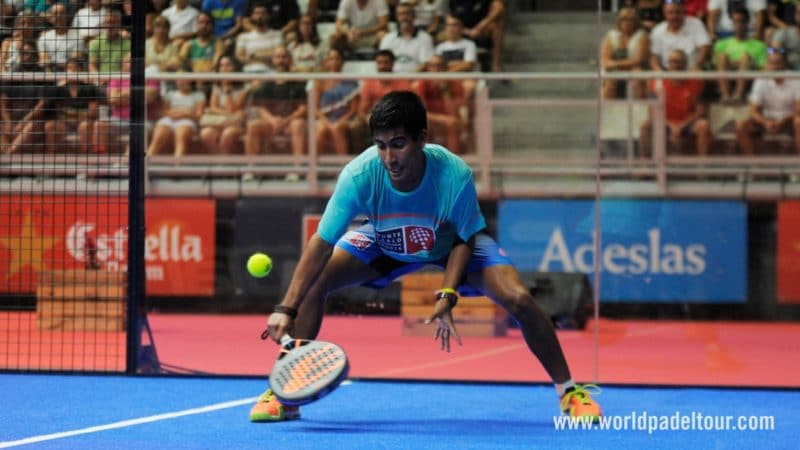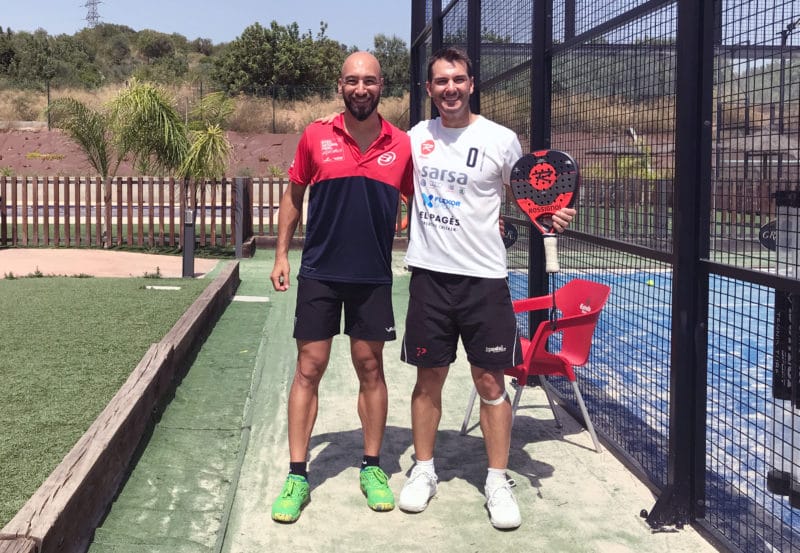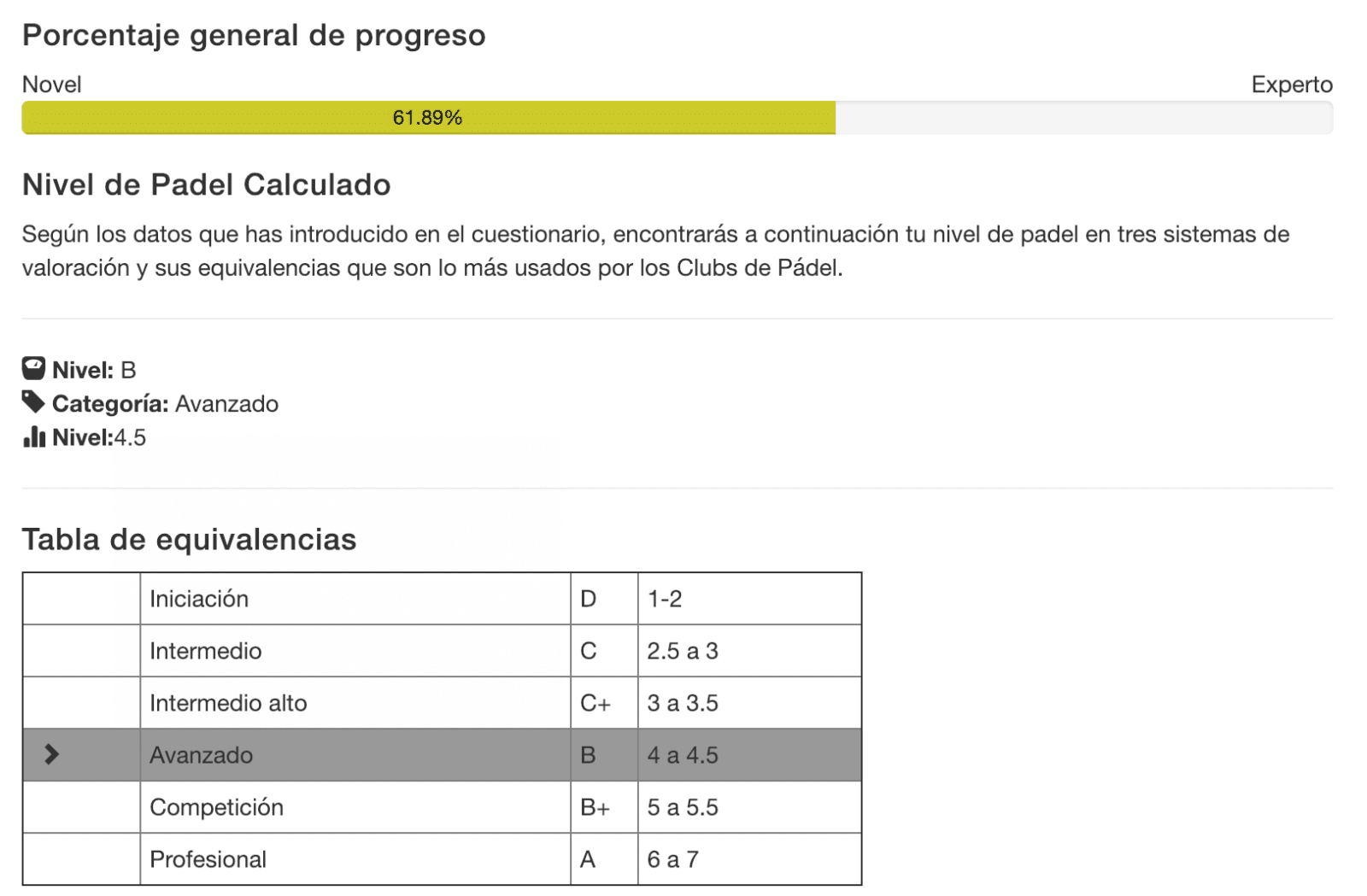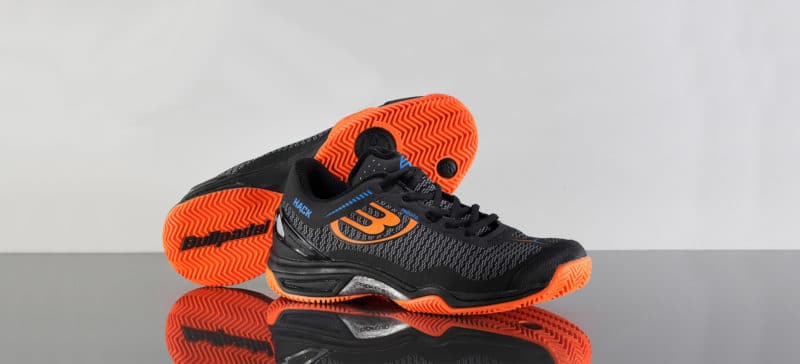
So how do we win at padel? It’s the million dollar question, and perhaps one that tennis players especially ask when making the switch to this sport.
At first, for ex-tennis players, padel might seem like an easy sport since you get the impression that you don’t have to run a lot or hit powerful shots as you do in tennis. However, the fact that the ball remains in play much easier due to the walls can play havoc with newcomers to the sport. The natural instinct of most new players is to hit the ball hard to finish the point, however this is one of the worst ideas in padel.
The most important factor in playing padel is keeping the ball low.
It’s a sport that is decided by the number of mistakes one does more than the number of winners achieved. Thus, by keeping the ball low, we would be forcing our opponent into an uncomfortable return, increasing the chances that he will make a mistake or hit a high ball that would be easy for us to put away.
The video of the practice match below is shot at a very good angle that allows us to see how low the ball actually travels when the pros are playing. Although they make it look easy, return balls that are that low, at that speed and with that degree of underspin is extremely hard, unless of course you’re a pro player like them.
So there you have it, the most important factor in winning at padel is to keep the ball low and of course try to make as little mistakes as possible. In other words, try to use your head more than your physique, and the results will follow.




 Is it time for new padel shoes? Should you own more than one pair of padel shoes? Just which padel shoes should you buy anyway? Since your shoes are the only thing that comes between you and the court surface, they’re pretty important.
Is it time for new padel shoes? Should you own more than one pair of padel shoes? Just which padel shoes should you buy anyway? Since your shoes are the only thing that comes between you and the court surface, they’re pretty important.